Osaka Metro is advancing toward carbon neutrality by collaborating with Panasonic to integrate hydrogen and solar energy systems into its railway operations. Aiming to cut CO₂ emissions by 46% by 2030 and achieve full carbon neutrality by 2050, the company launched a demonstration project in October 2024 at the Morinomiya Inspection Yard. Developed and supplied by Panasonic’s Electric Works Company, the system combines 100 kW of solar power with 10 kW from pure hydrogen fuel cell generators, providing a total of 110 kW of clean energy to Osaka Metro’s facilities.
Inspired by Panasonic’s hydrogen-powered HX Kusatsu plant, the project utilizes Panasonic’s PH1+ pure hydrogen fuel cell generators and a modular rack system that reduced installation time by 70%. The setup is supported by Panasonic’s Solanet and P·TEM monitoring platforms for real-time energy management and visualization.
This initiative highlights a scalable model for renewable energy use in public transportation. Both Osaka Metro and Panasonic view the project as a vital step toward decarbonized urban mobility and sustainable community development. Building on this success, Panasonic plans to expand similar hydrogen energy projects globally, reinforcing its “Panasonic GREEN IMPACT” commitment to a carbon-neutral society.



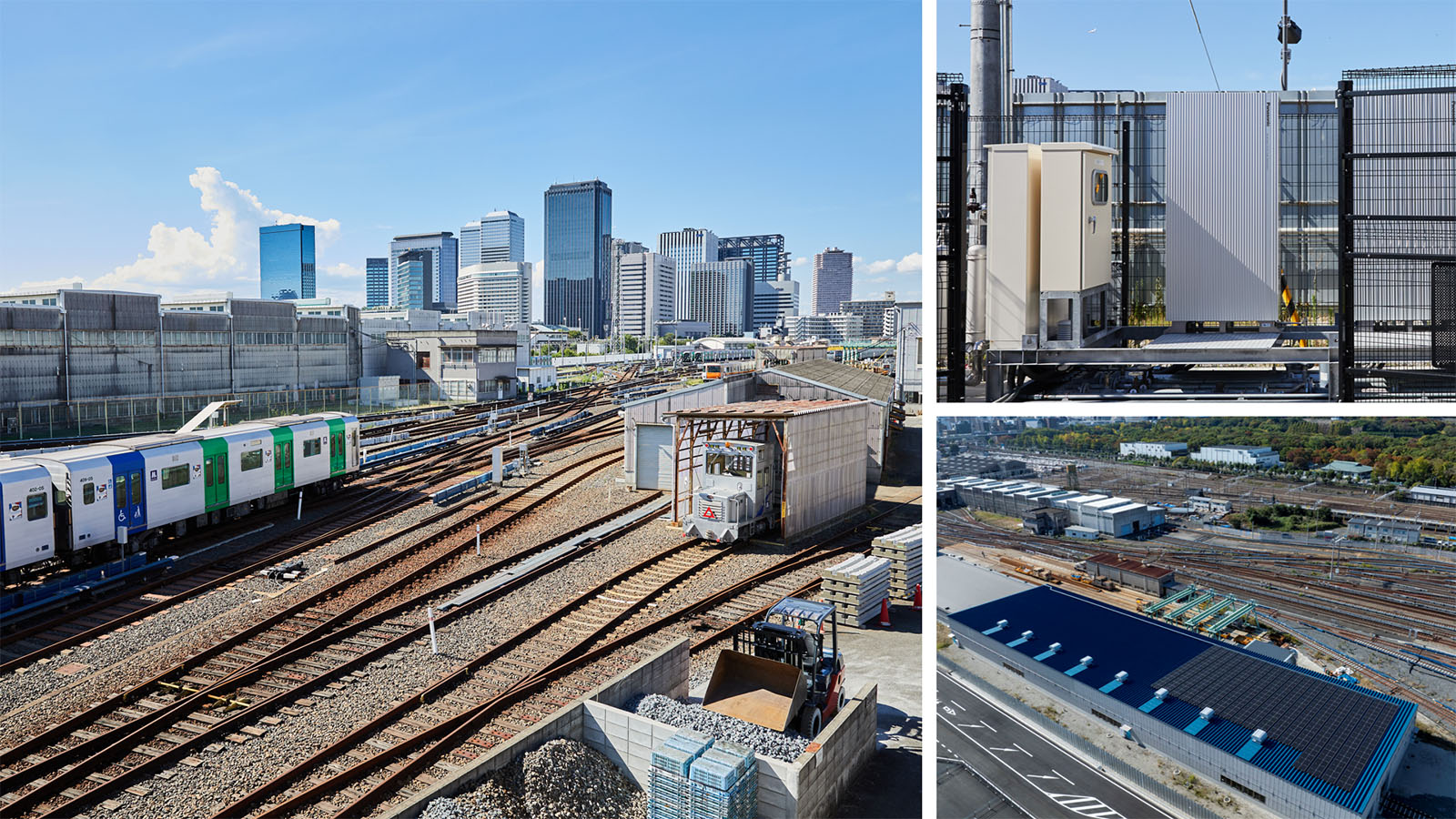


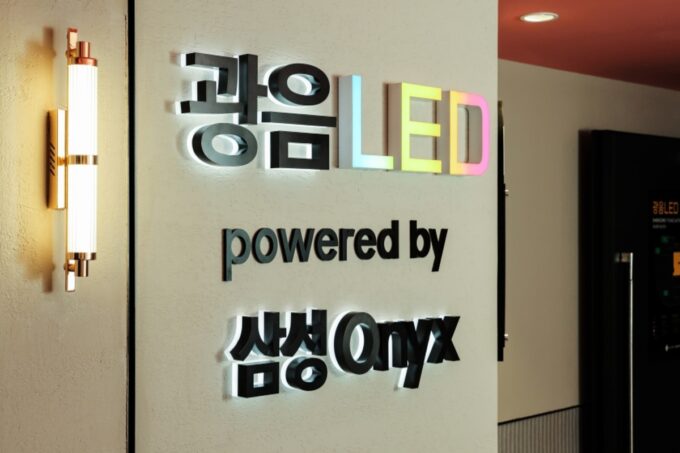
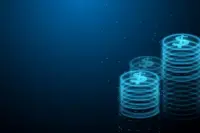

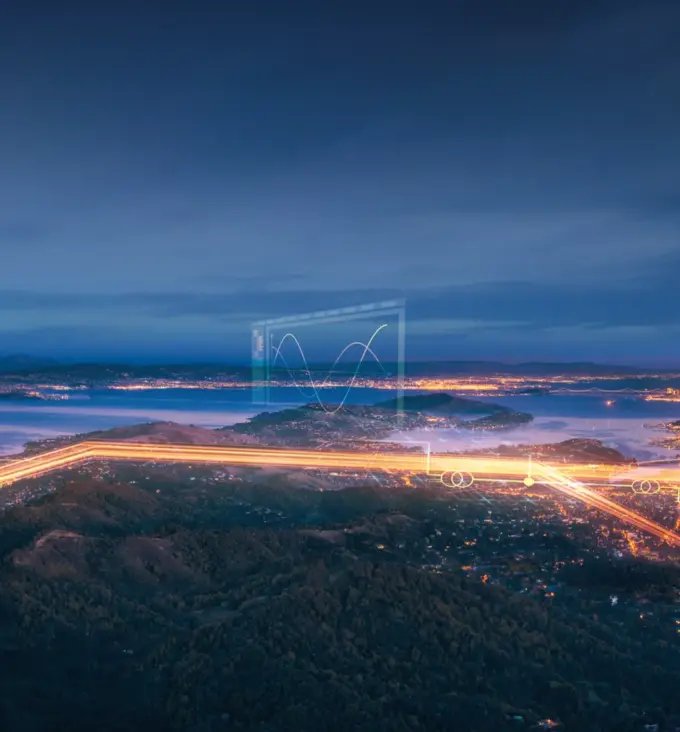
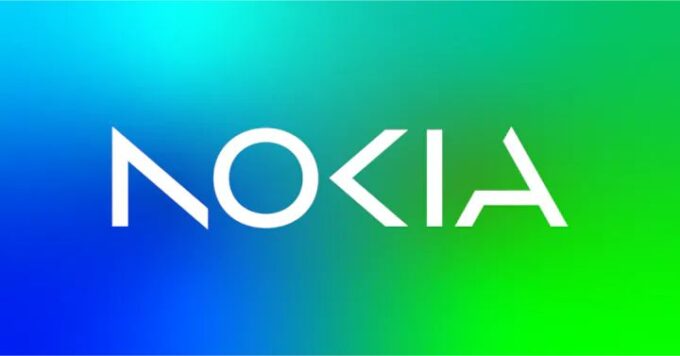
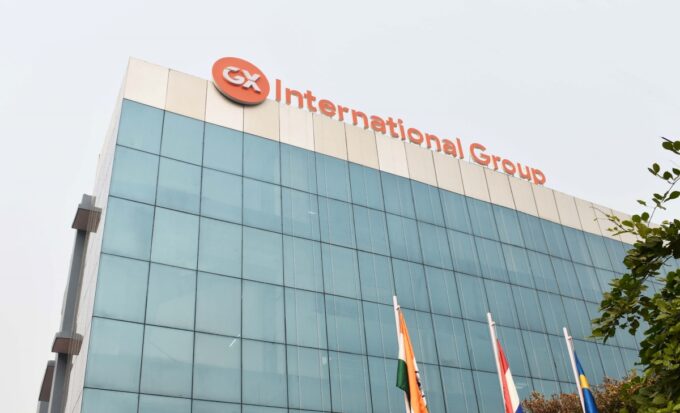
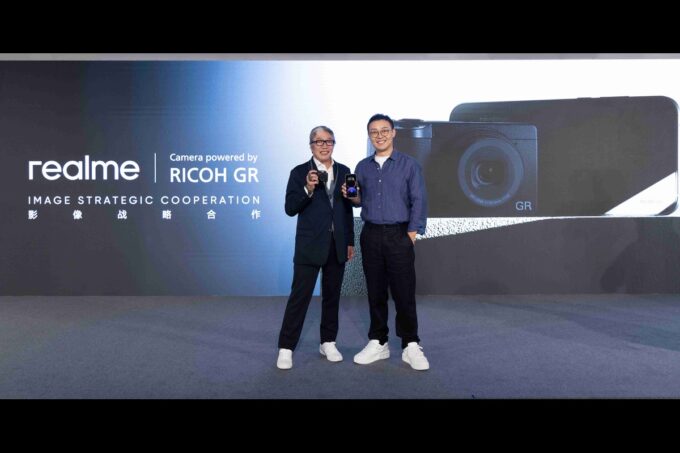


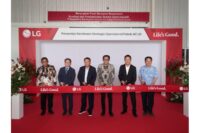

Leave a comment